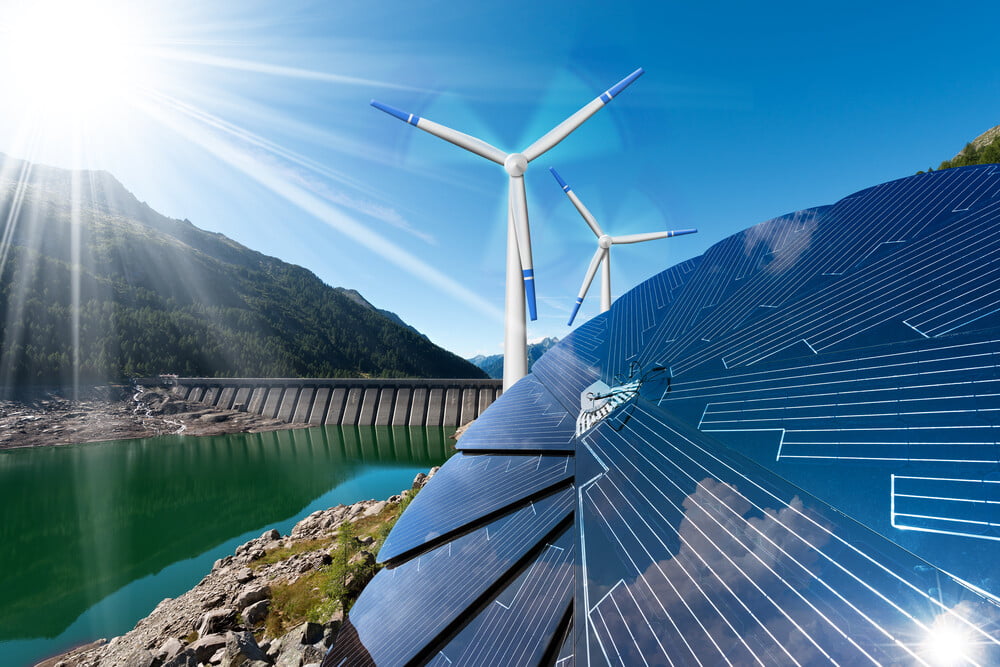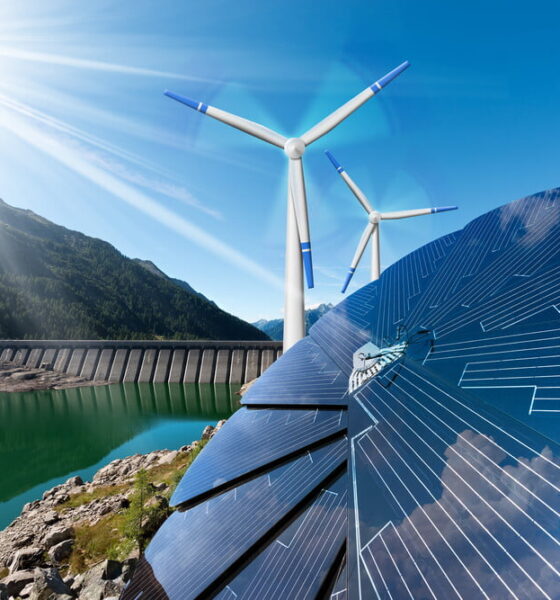Clean energy has been at the front of environmental concerns in recent years. As sustainable energy becomes a more realistic option for households and businesses, people may start turning to sewage and wastewater for its renewable benefits.
Wastewater, as an energy source, has been around for some time. The key objective now is to improve production to be as energy efficient as possible and maximize power output. Wastewater comes with many sustainable and economic benefits, too. Environmental and energy production issues were what ultimately led experts to discover this option.
What Issues Led to Wastewater Energy?
Wastewater energy isn’t necessarily new, but it is getting some updates and improvements. Sewage and wastewater production offers a circular way to produce electricity. These benefits are solutions to harmful, resource-intensive alternatives.
Fossil fuels and non-renewable energy sources aren’t sustainable or eco-friendly. They contribute to significant amounts of greenhouse gas emissions and pollution. Carbon and methane emissions are among the most harmful to the world. With carbon dioxide at 82% and methane at 10% of overall greenhouse gas contributions in 2017, they make up the majority of gases released into the atmosphere.
Fossil fuel production is a portion of those percentages. Resources like oil and gas are non-renewable and will release carbon and methane during fracking and drilling. These practices can lead to catastrophic explosions or incidents, like the Deepwater Horizon explosion of 2010.
With its renewable quality and fewer emissions, wastewater as an energy source offers a better alternative to fossil fuels.
How Does Wastewater Become Energy?
Wastewater comes from homes, businesses and any other locations that produce outputs of used water. A substance called sludge originates from wastewater and sewage. This element makes a prime resource for reuse in the form of power.
Organic waste decomposes in an oxygen-free environment. When wastewater ends up in this environment, it will eventually release methane gas. During wastewater or sewage treatment, processors can collect the sludge beforehand. It goes through a process called thermal hydrolysis, which increases the amount of methane it will release.
From there, the sludge goes into the anaerobic digestion stage, which will complete its breakdown. During this process, the microorganisms convert the sludge’s organic matter into biogas. This biogas is the final result of anaerobic digestion. Experts can use it for various types of energy production. Biogas is useful for producing heat or electricity and selling it back to the local grid.
Capturing biogas requires removing hydrogen sulfide, too. Consequently, experts must be vigilant during this process. Hydrogen sulfide can affect human health, cause equipment erosions and contribute to harmful sulfur emissions.
Overall, biogas can create energy and electricity, which can replace resources like natural gas and other fossil fuels. Wastewater is a recyclable and renewable way that processors can generate this power.
What Are the Benefits of Wastewater Energy?
Several benefits exist to using wastewater or sewage to produce energy. The first is that this source is renewable. It’s not going to go anywhere — there will always be water readily available for treatment and biogas for extraction. Fossil fuels are somewhat abundant, but will eventually run out. Wastewater outperforms non-renewable sources with their destructive production processes and emissions.
Due to the abundance of wastewater, cities can implement this production quickly. It’s also inexpensive compared to other forms of energy.
Wastewater-based energy can reduce emissions, as well. In 2017, methane emissions comprised 10% of overall gasses. In 2010, however, methane emissions were at 16% of the total. An increase in wastewater energy production can continue to diminish methane emissions, reducing the presence of this harmful gas.
Another benefit will come in the form of improved waste management. Too often, waste ends up in landfills or bodies of water. This practice creates public health crises and obstacles to better waste management. But as more and more waste goes into energy production, experts can adequately manage it.
Last, this form of production can stimulate economic growth. Adding jobs and opportunities to the energy production industry will increase the availability of sustainable energy options like wastewater. In 2010, the energy services industry saw a major increase in jobs, with 830,000 opportunities that year. As wastewater becomes more common, it will open up more positions for people to fulfill.
Where Is This Happening?
Numerous countries, cities and companies are implementing wastewater as their form of energy production. This growing option will lead to more sustainable initiatives around the globe.
One business that is utilizing this resource is the Spencer Turbine Company. Its digester gas booster helped customers use wastewater to supply their electricity. With a combination of the company’s biosolids and fuel cells, they were able to process the gas using the fuel cells, which require hydrogen from the wastewater. This cyclical system creates optimal means for producing energy.
In the city of Xiangyang, China is working on its own sludge-to-energy system. Its system operates in the usual manner for wastewater conversion, where sludge becomes the primary source for biogas. As of 2017, experts expect to see drastic results that would reduce emissions throughout the project’s 21-year duration. They predict to see a 95% reduction of greenhouse gas emissions compared to incineration or landfills.
Lastly, Aarhus, Denmark, is also implementing a similar system. This city was the first to provide almost all of its residents with fresh water using energy from wastewater and sewage. The Marselisborg Wastewater Treatment Plant generates 150% more electricity than its operations require. This factor is crucial because the plant’s energy output is higher than its required input. The excess provides residents with clean drinking water.
What’s Next for Wastewater Energy?
Wastewater energy is will most likely become central to more and more energy production facilities. Due to its lower expenses, powerful output and sustainability, it makes for a beneficial option as an electricity source.
It may also start to work in conjunction with other renewables. Wind, for example, may aid in producing the energy needed to power wastewater production.
Whether alone or combined with another clean source, though, wastewater is making a big statement in the energy industry. Sustainable power is easy, attainable and ready for action.


 Environment9 months ago
Environment9 months agoAre Polymer Banknotes: an Eco-Friendly Trend or a Groundswell?

 Environment11 months ago
Environment11 months agoEco-Friendly Home Improvements: Top 7 Upgrades for 2025

 Features8 months ago
Features8 months agoEco-Friendly Cryptocurrencies: Sustainable Investment Choices

 Features9 months ago
Features9 months agoEco-Friendly Crypto Traders Must Find the Right Exchange






























